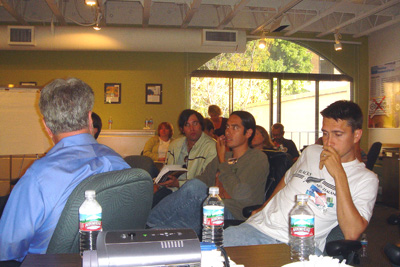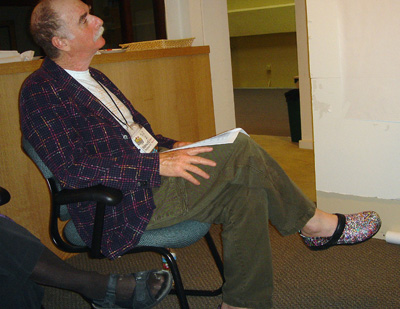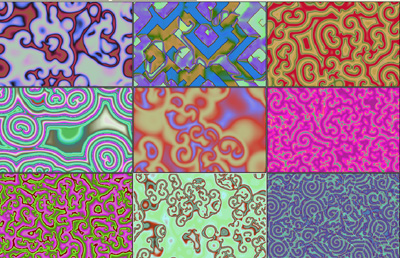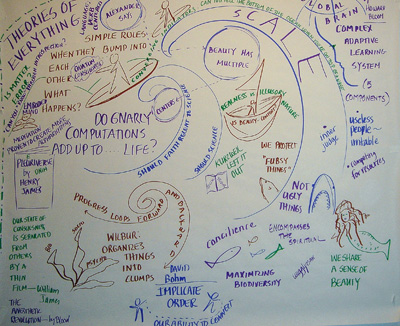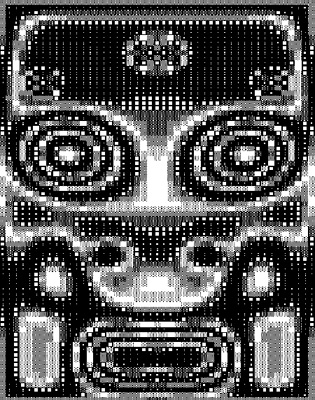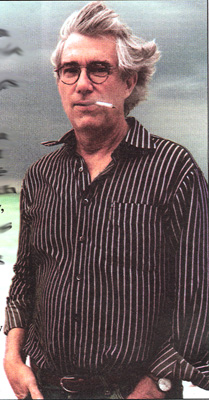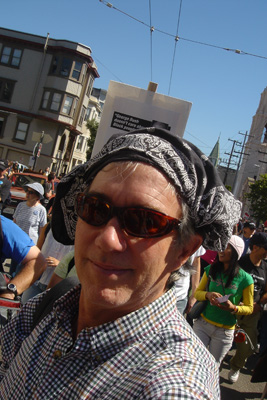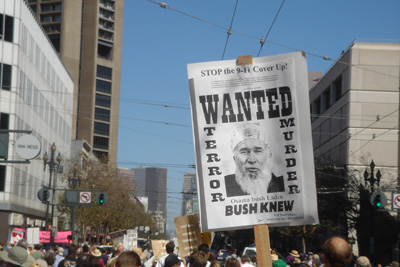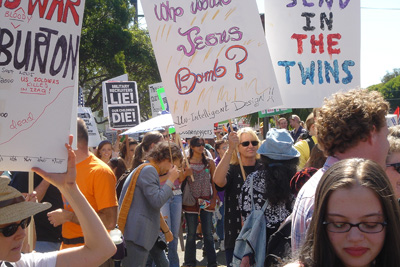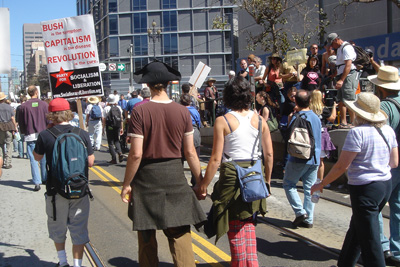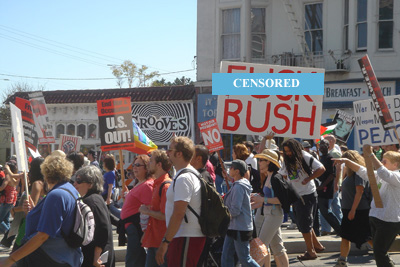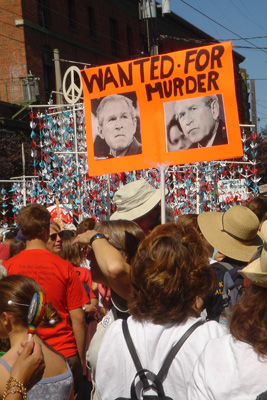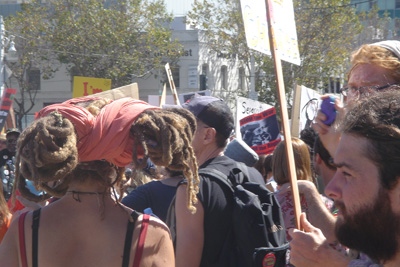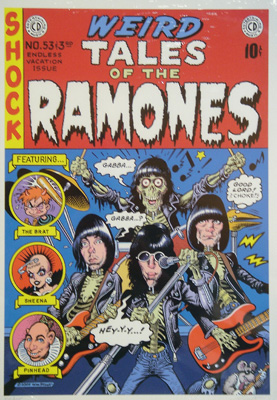I need some help with a question for an SF story I want to write. [Illos today are golden oldies from the blog; my stash of images is becoming a kind of visual Tarot.]
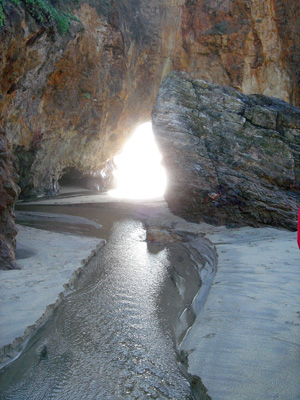
So suppose we have a superintelligent web of tiny machines with an enormous net RAM and flop, with tons of data, and with smart agents living inside it. The Web, in other words, but more so. And now suppose that we plug into it and get smarter. How will this feel?
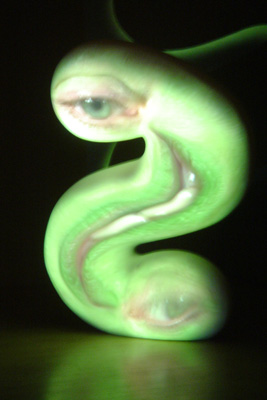
But, wait, let me evade the hard question for a second. Plug in how? I could use my usual “uvvy,” a soft plastic computer you wear on the base of your neck and it reaches into your brain with magnetic vortices. You can take it off, which is important, as no reasonable person wants to be permanently plugged in.
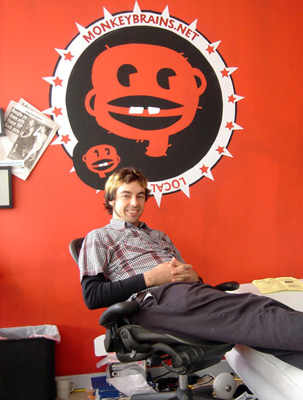
Or some nanomachines called “arphids” get into your hair like lice and can diddle your brainwaves. A different kind of uvvy. But maybe people are initially leery of the uvvy and the arphids.
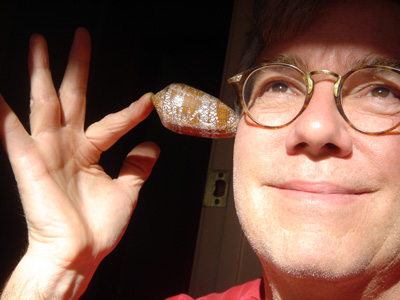
They could get by with what I call “stunglasses,” glasses with a heads-up display overlaid. These could even be contact lenses. And you could have tiny sensors on your finger joints so you can type in the air, or not even type, just make those cool cyberspace moves like Keanu did in the 1998 movie of Gibson’s story “Johnny Mnemonic.” And we can also suppose the system has speech recognition and you have earphone buds perched in the porches of your ears and a mike taped to your throat. Everyone is mumbling and twitching and wearing flickering contact lenses.

But how does it feel to plug into a system that’s say, a million times as smart as a person. You can have agents for yourself in there doing searches, computing things. Of course if they’re so frikkin’ smart, why would they obey you?
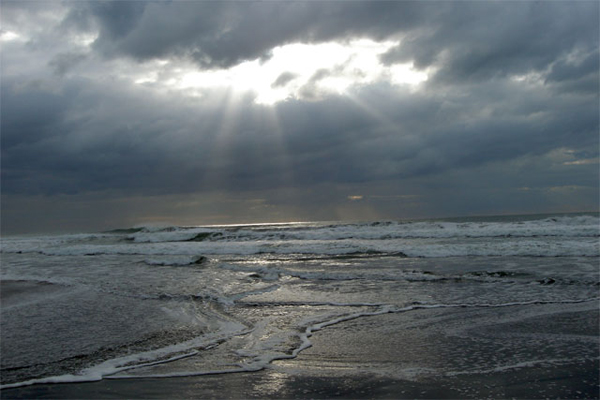
When you plug into the supercomputing web, it’s like you go out of yourself into the seamless web mind, and then you come back. Some thoughts you can’t remember until you’re plugged in. You just remember links. You can speak by exchanging links. But real physical life goes on.
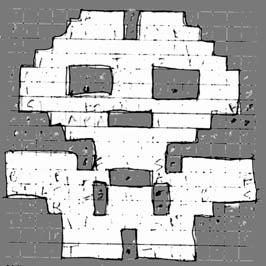
When you unplug and go outside, you’re the same. Having supercomputation around doesn’t really change things much when you’re offline and being yourself. People are still the same as in Bruegel’s time. At least this is the situation I need in order to write a story about these people.
Comments?









